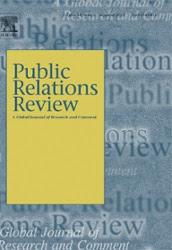Brooke Fisher Liu
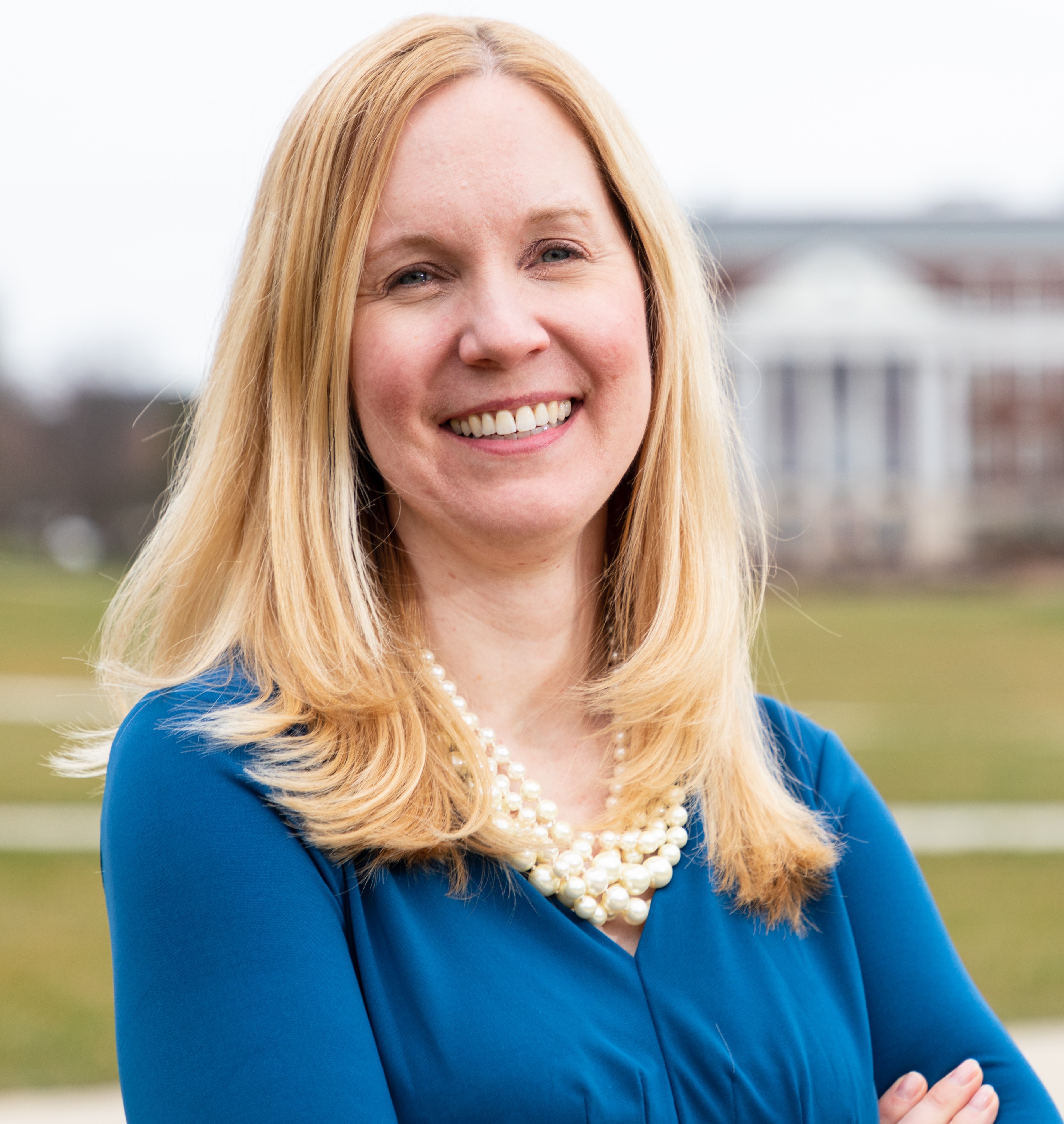
Education
Ph.D., , University of North Carolina
Research Expertise
Crisis & Risk Communication
Public Relations
Strategic Communication
Dr. Brooke Liu’s research investigates how strategic communication contributes to organizational and community crisis readiness. In 2024, Liu was elected a fellow of the International Communication Association for her distinguished scholarly contributions to the communication discipline and beyond. The University of Maryland also recognized Liu with the Distinguished Scholar-Teacher Award.
Liu’s research has been funded by government agencies such as the National Oceanic and Atmospheric Administration (NOAA), the Food and Drug Administration (FDA), the Department of Homeland Security (DHS), and the National Science Foundation (NSF). Liu serves on the executive committee of the National Academies’ Societal Experts Action Network (SEAN). She also serves on the editorial boards for the Journal of Contingencies and Crisis Management, the Journal of Public Relations Research, and Public Relations Review. Previously, Liu served on NOAA’s Science Advisory Board and the FDA’s Risk Communication Advisory Committee.
Liu’s teaching and mentoring have been recognized by the Graduate School’s Outstanding Faculty Mentor of the Year Award, the Philip Merrill Presidential Scholars Faculty Mentor Award, and the Andrew D. Wolvin Outstanding Teaching Award. She has developed and delivered risk communication training for a variety of government stakeholders including the Department of Homeland Security, the National Weather Service, and the Australian Institute for Disaster Resilience.
Liu co-founded the University of Maryland Pandemic Readiness Initiative. She also actively supports the ADVANCE Program, which is a campus-wide enterprise to support the recruitment, retention, advancement, and professional growth of a diverse and thriving faculty. Liu has served as an ADVANCE Professor, a peer network facilitator, and currently serves on the inaugural ADVANCE Internal Advisory Board.
Liu Graduate Advising Philosophy
Publications
Routledge Handbook of Risk, Crisis, and Disaster Communication
This Handbook provides a comprehensive overview of core concepts, research, and practice in risk, crisis, and disaster communication.
Contributor(s): Brooke Fisher LiuNon-ARHU Contributor(s): Amisha Mehta
With contributions from leading academic experts and practitioners from diverse disciplinary backgrounds including communication, disaster, and health, this Handbook offers a valuable synthesis of current knowledge and future directions for the field. It is divided into four parts. Part One begins with an introduction to foundational theories and pedagogies for risk and crisis communication. Part Two elucidates knowledge and gaps in communicating about climate and weather, focusing on community and corporate positions and considering text and visual communication with examples from the US and Australia. Part Three provides insights on communicating ongoing and novel risks, crises, and disasters from US and European perspectives, which cover how to define new risks and translate theories and methodologies so that their study can support important ongoing research and practice. Part Four delves into communicating with diverse publics and audiences with authors examining community, first responder, and employee perspectives within developed and developing countries to enhance our understanding and inspire ongoing research that is contextual, nuanced, and impactful. Offering innovative insights into ongoing and new topics, this handbook explores how the field of risk, crisis, and disaster communications can benefit from theory, technology, and practice.
It will be of interest to students, researchers, and practitioners in the fields of disaster, emergency management, communication, geography, public policy, sociology, and other related interdisciplinary fields.
Read More about Routledge Handbook of Risk, Crisis, and Disaster Communication
Should relationships be at the heart of public relations? A meta-analysis of the antecedents and consequences of organization-public relationships
Overall, OPRs is a mature and well-supported theory that continues integrating with other public relations theories and is well-aligned with the relational core of many public relations practices.
Contributor(s): Brooke Fisher LiuNon-ARHU Contributor(s): Xin Ma, Liang Ma
Organization-public relationships (OPRs) have been central to public relations theorizing for decades. Guided by Broom et al.'s (1997) foundational three-stage model of OPRs, this study contributes to the public relations literature by conducting the first meta-analysis of the associations between each of the four dimensions of OPRs (trust, satisfaction, commitment, and control mutuality) and their most frequently studied antecedents and consequences. A total of 454 correlations from 67 empirical studies (N = 30, 223) were included in the analysis. The results confirmed the strong correlations among OPRs and the nine most frequently studied antecedents: engagement, involvement, authenticity, transparency, interactivity, two-way communication, interpersonal communication, mediated communication, and symmetrical communication. The research also confirmed the strong connections among OPRs and six commonly researched consequences: reputation, attitudes, positive word-of-mouth communication, purchase intentions, advocacy, and information seeking. We identified the sampling method, employee-organization relationships (EORs), organization type, and country as significant moderators for certain relationships. Overall, the findings support OPRs as a mature and well-supported theory that continues integrating with other public relations theories. Findings also enrich the three-stage model of OPRs with integrated empirical evidence. Areas for future scholarship are discussed relevant to the insignificant potential moderators, such as channel and crisis topic, along with important limitations in the extant scholarship.
All joking aside? Comparing the effects of a humorous vs. a non-humorous message strategy in building organization–public relationships and community resilience
An online experiment in the context of weather messages
Contributor(s): Jiyoun Kim, Brooke Fisher Liu, Anita Atwell Seate, Saymin LeeNon-ARHU Contributor(s): Daniel Hawblitzel
Funding Agency:
We thank the National Oceanic and Atmospheric Administration (NOAA) for funding this research through the VORTEX-SE Program (Award NA20OAR4590454). The views and conclusions contained in this paper are those of the authors and should not be interpreted as necessarily representing the official policies, either expressed or implied, of NOAA.
Communication scholars have studied the persuasive power of humor messages, but research provides mixed results. Also, the literature has been slow in demonstrating the practical effects of humorous messages on desired outcomes (e.g., organization–public relationships). Through an online experiment in the context of weather messages with samples of U.S. adults residing in the Southeastern U.S. (N = 209), we compared a humorous social media message designed to build relationships with the public to a non-humorous message in predicting OPRs and perceived community resilience when there is no high-impact weather on the horizon. Compared to a humorous message, a non-humorous message appeared to be more effective in increasing perceived community resilience and three dimensions of positive OPRs – trust, control mutuality, and commitment. The effects were more robust for community members with low to moderate levels of weather salience (i.e., the psychological value and importance that people have for the weather).
Building the new architecture of crisis management: Global experts' insights on best and worst practices for securing external funding
This study explores the best and worst practices for funded research through an expert consultation survey
Author/Lead: Brooke Fisher LiuNon-ARHU Contributor(s): Yan Jin, Wenqing Zhao, Andreas Schwarz, Olivia Truban, Matthew Seeger
External funding is an important yet understudied area of inquiry in crisis communication research. With external funding being a keystone of assessing and broadening research impact in both academia and industry, it is important for scholarship to examine effective practices for funding proposals. This study explores the best and worst practices for funded research through an expert consultation survey of 36 global communication scholars with track records of funding success. Findings reveal motivating factors for seeking, securing and managing funding, as well as institutional factors. Findings also inform best and worst practices for securing external funding, including bridging theory and practice and establishing strong research partnerships.
Building the new architecture of crisis management: Global experts' insights on best and worst practices for securing external funding
This study explores the best and worst practices for funded research through an expert consultation survey of 36 global communication scholars with track records of funding success.
Author/Lead: Brooke Fisher LiuContributor(s): Olivia Truban
Non-ARHU Contributor(s): Yan Jin, Wenqing Zhao, Andreas Schwarz, Mathew Seeger
External funding is an important yet understudied area of inquiry in crisis communication research. With external funding being a keystone of assessing and broadening research impact in both academia and industry, it is important for scholarship to examine effective practices for funding proposals. This study explores the best and worst practices for funded research through an expert consultation survey of 36 global communication scholars with track records of funding success. Findings reveal motivating factors for seeking, securing and managing funding, as well as institutional factors. Findings also inform best and worst practices for securing external funding, including bridging theory and practice and establishing strong research partnerships.
To warn or not to warn: Factors influencing National Weather Service warning meteorologists’ tornado warning decisions.
Weather warnings are critical risk communication messages because they have the potential to save lives and property during emergencies. However, making warning decisions is challenging.
Author/Lead: Jiyoun KimContributor(s): Anita Atwell Seate, Brooke Fisher Liu
Non-ARHU Contributor(s): Daniel Hawblitzel, Theodore Funk
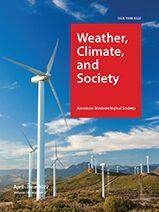
Weather warnings are critical risk communication messages because they have the potential to save lives and property during emergencies. However, making warning decisions is challenging. While there have been significant advances in technological weather forecasting, recent research suggests that social factors, including communication, influence warning meteorologists’ decisions to warn. We examine the roles of both scientific and social factors in predicting warning meteorologists’ decisions to warn on tornadoes. To do so, we conducted a cross-sectional survey of National Weather Service forecasters and members of management in the southern and the central regions of the United States, as well as conducted a retrospective data analysis of cross-sectional survey data from the central region Tornado Warning Improvement Project. Results reveal that dependency on radar velocity couplet and a variety of social factors predicted decisions to warn.
Are you prepared for the next storm? Developing social norms messages to motivate community members to perform disaster risk mitigation behaviors
Preparing for natural disasters and adapting to climate change can save lives. Yet, minimal research has examined how governments can motivate community members to prepare for disasters.
Author/Lead: Brooke Fisher Liu, Anita Atwell SeateNon-ARHU Contributor(s): JungKyu Rhys Lim

Preparing for natural disasters and adapting to climate change can save lives. Yet, minimal research has examined how governments can motivate community members to prepare for disasters (e.g., purchasing flood insurance or installing water barriers in homes for floods and hurricanes). Instead, studies have focused on how to communicate actions individuals should take during disasters, rather than before disasters. This study develops messages targeting social norms, which are promising approaches to motivate community members to adopt disaster risk preparedness and mitigation behaviors. Specifically, we developed a variety of messages integrating descriptive norms (i.e., what others do), injunctive norms (i.e., what others believe should be done), and a social norms-based fear appeal, or social disapproval rationale (i.e., a negative social result of [not] taking behaviors). Then, we tested these messages through two between-subject factorial online experiments in flood- and hurricane-prone U.S. states with adult samples (N = 2,286). In experiment 1 (i.e., purchasing flood insurance), the injunctive norms message using weather forecasters and the social disapproval rationale message significantly increased social norms perceptions, which in turn influenced behavioral intentions. In experiment 2 (i.e., installing water barriers), the injunctive norms message using weather forecasters, the injunctive norms message using neighbors, and the social disapproval rationale message significantly increased social norms perceptions, which in turn influenced mitigation intentions. However, the descriptive social norms message was not effective in increasing social norms perceptions. We provide some of the first empirical evidence on how organizations’ risk communication can empower community members to prepare and mitigate the impact of disasters.
When Crises Hit Home: How U.S. Higher Education Leaders Navigate Values During Uncertain Times
Study investigates how U.S. higher education leaders have centered their crisis management on values and guiding ethical principles.
Author/Lead: Brooke Fisher LiuContributor(s): Duli Shi
Non-ARHU Contributor(s): JungKyu Rhys Lim, Khairul Islam, America L. Edwards, & Matthew Seeger
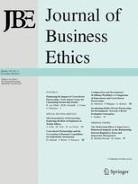
Against the backdrop of a global pandemic, this study investigates how U.S. higher education leaders have centered their crisis management on values and guiding ethical principles. We conducted 55 in-depth interviews with leaders from 30 U.S. higher education institutions, with most leaders participating in two interviews. We found that crisis plans created prior to the COVID-19 pandemic were inadequate due to the long duration and highly uncertain nature of the crisis. Instead, higher education leaders applied guiding principles on the fly to support their decision-making. If colleges and universities infuse shared values into their future crisis plans, they will not have to develop a moral compass on the fly for the next pandemic. This paper suggests the following somewhat universal shared values: (1) engage in accuracy, transparency, and accountability; (2) foster deliberative dialog; (3) prioritize safety; (4) support justice, fairness, and equity; and (5) engage in an ethic of care. To navigate ethics tensions, leaders need to possess crisis-relevant expertise or ensure that such expertise is present among crisis management team members. Standing up formal ethics committees composed of diverse stakeholders also is instrumental in navigating tensions inherent in crises. The next pandemic is already on the horizon according to experts. Through infusing values into future crisis plans, higher education leaders can be confident that their responses will be grounded in their communities’ shared values.
Tornado warning: Understanding the National Weather Service’s communication strategies
This study explores the National Weather Service’s communication through a multi-sited rapid ethnography that extends the fully functioning society theory.
Author/Lead: Brooke Fisher LiuContributor(s): Anita Atwell Seate
Non-ARHU Contributor(s): Iles, Irina; Herovic, Emina
This study explores the National Weather Service’s communication through a multi-sited rapid ethnography that extends the fully functioning society theory. National Weather Service field offices do not employ public information officers. Instead, forecasters predict the weather, craft messages, and build relationships with their publics. Scholars have called for public relations research that examines messages, including how crisis communication can help publics cope. Additionally, scholars have noted that all organizations need public relations, even if they do not employ formal public relations personnel. In our study, forecasters emphasized the need to build their publics’ tornado threat awareness and provided strategies to make weather science accessible. Forecasters discussed a variety of message strategies including avoiding fear appeals, humanizing the organization, and visualizing risks. Forecasters also built relationships with active publics through soliciting weather spotters and empowering them to prepare others for severe weather. Overall, findings expand knowledge about how organizations can employ strategic public relations to benefit society, thereby extending fully functioning society theory.
Telling the tale: The role of narratives in helping people respond to crises
This study tested how the public responds to crisis narratives about a hypothetical infectious disease crisis, modeled after narratives emerging from the 2014–2016 Ebola pandemic, through an online experiment with a U.S. adult sample (N = 1050).
Author/Lead: Brooke Fisher LiuNon-ARHU Contributor(s): Lucinda Austin, Yen-I Lee, Yan Jin, & Seoyeon Kim
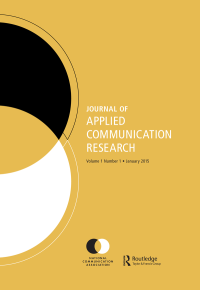
During public health crises like infectious disease outbreaks, news media and governments are responsible for informing the public about how to protect themselves. A large body of health communication research finds that persuasive narratives motivate protective behaviors, such as intentions to vaccinate. In their seminal book on crisis narratives, Seeger and Sellnow (Narratives of crisis: Telling stories of ruin and renewal. Stanford University) theorized five narrative types: blame, renewal, victim, hero, and memorial. In this study, we tested how the public responds to crisis narratives about a hypothetical infectious disease crisis, modeled after narratives emerging from the 2014–2016 Ebola pandemic, through an online experiment with a U.S. adult sample (N = 1050). Findings showcase which crisis narratives positively affect public protective behaviors as well as emotional responses, assessments of information credibility, and attributions of crisis responsibility.
Read More about Telling the tale: The role of narratives in helping people respond to crises
Eyes of the Storm: How Citizen Scientists Contribute to Government Forecasting and Risk Communication
This study examines citizens who volunteer as weather spotters through a case study of an award-winning network.
Author/Lead: Brooke Fisher LiuContributor(s): Anita Atwell Seate
Non-ARHU Contributor(s): Irina Iles & Emina Herovic

Since the 1970s, the National Weather Service has trained citizens to collect, confirm, verify, or supplement radar and other data to contribute to a weather-ready nation. This study examines citizens who volunteer as weather spotters through a case study of an award-winning network. We uncover what motivates citizens to become involved in government science projects. Through the lens of relationship management theory and the related network approach, the study provides some of the first evidence on the benefits and drawbacks of citizens serving as amateur scientists and risk communicators and how these citizen scientists sustain their relationships with government scientists.


